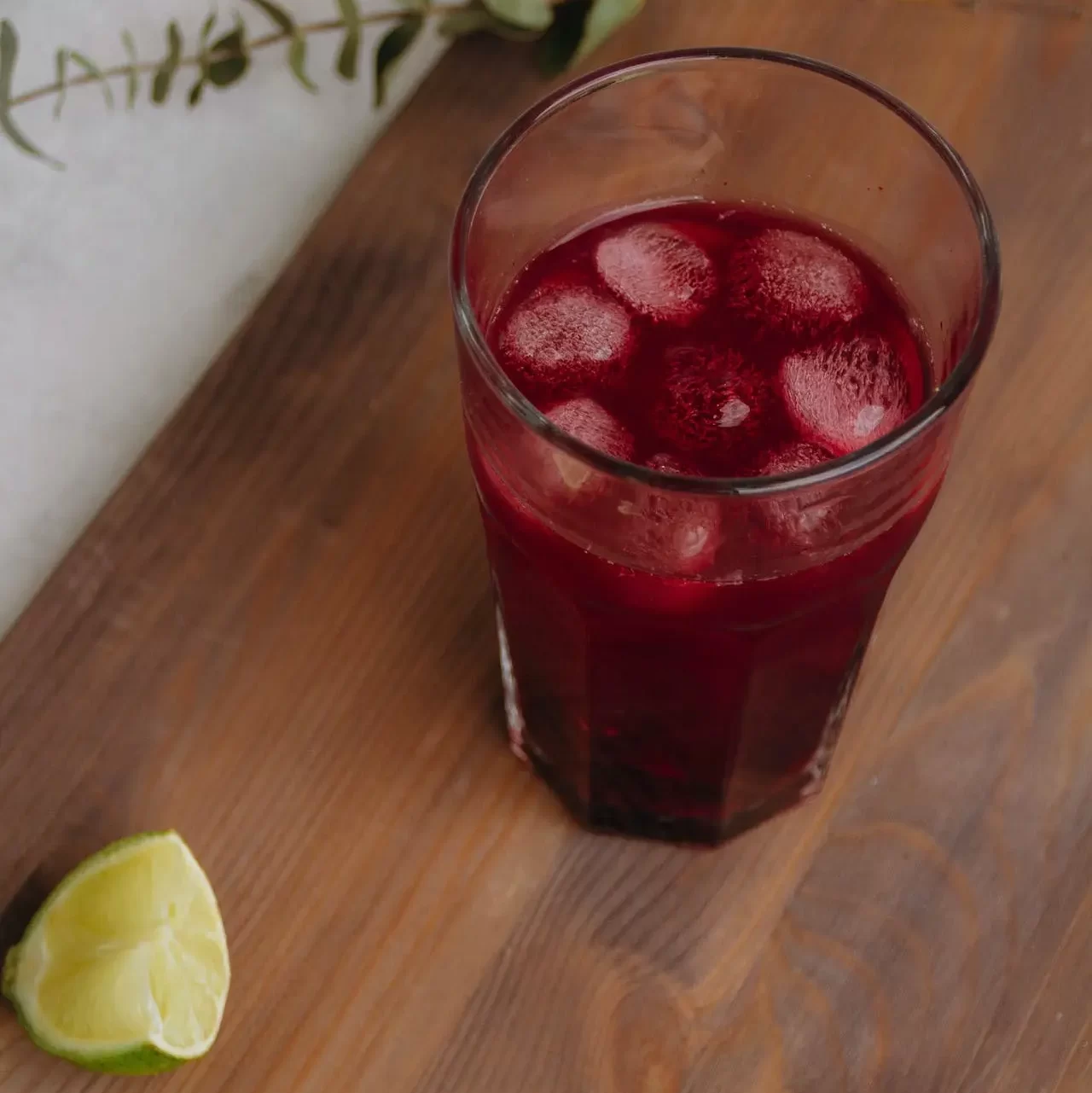How Do You Make Apple Juice With a Blender?

Apple juice is a tasty and classic drink from squeezing fresh apples. When you make apple juice, you blend ripe apples into a smooth liquid, bringing out their natural sweetness. It’s a refreshing and nourishing drink, perfect for sipping on a hot day or enjoying a cozy treat.
Apple juice is delicious for you, as it’s packed with vitamins and antioxidants, and helps keep you hydrated. Whether served cold with ice or enjoyed warm, apple juice is a favorite for people of all ages.
While apple juice can be a part of a balanced diet, consuming whole apples with their natural fiber content provides additional health benefits. Apple juice contains traces of vitamin K, which plays a crucial role in blood clotting and bone health.
Ingredients and Equipment for Making Apple Juice
- Fresh apples (any variety)
- Water
- Sweetener (optional, depending on taste)
- Blender
- Fine mesh strainer or cheesecloth
- Knife
- Cutting board
How Do You Make Apple Juice With a Blender?
Juicing apples with a juicer is a straightforward process that allows you to enjoy the fresh and pure taste of apple juice.
Here’s a step-by-step guide on how to juice apples using a juicer:
1. Choose Fresh Apples
The foundation of great apple juice lies in choosing the right apples. Select ripe and fresh apples for the best flavor and nutritional content. You can use a single variety or mix different types for a more complex taste.

2. Wash and Prep the Apples
Thoroughly wash the apples under running water to remove any dirt or pesticides. If you prefer, you can peel the apples, but leaving the skin on adds fiber and nutrients to the juice. Core the apples and cut them into smaller pieces that can easily fit into the juicer chute.
3. Set Up the Juicer
Refer to your juicer’s manual for specific instructions on assembly and operation. Generally, juicers have a feed chute where you insert the ingredients, a collection jug for the juice, and a pulp container.
4. Juice the Apples
Place the apple chunks into your blender. Add a small amount of water to facilitate blending. Begin blending on a low setting and gradually increase the speed to high. Blend until the apples turn into a smooth puree.
Turn on the juicer and begin feeding the apple pieces through the chute. Use the juicer’s plunger to push the apples down and extract the juice.
Continue adding apple pieces until you have juiced the desired amount. Be sure to follow the manufacturer’s guidelines regarding the maximum capacity of your juicer.
5. Collect the Juice
As the juicer extracts the juice, it will flow into the collection jug. Make sure to position the jug or glass under the juice spout to catch the freshly pressed apple juice.

6. Sweeten to Taste
Taste the freshly strained juice and decide if you’d like to add a sweetener. Depending on the sweetness of the apples and your personal preference, you can add natural sweeteners like honey, maple syrup, or agave nectar.
7. Serve and Enjoy
Pour the fresh apple juice into glasses and serve immediately. You can also add ice cubes for a refreshing touch or garnish with a slice of apple for presentation.
Is Apple Juice Good For You?
Yes, apple juice is good for you. Because it is packed with antioxidants and vitamin C and supports heart health. With hydrating properties and digestion aid, it contributes to overall well-being. Moderation is key due to its natural sugar content.
Here are five specific benefits of apple juice with detailed explanations:
1. Rich in Antioxidants
Apple juice is abundant in antioxidants like flavonoids and polyphenols. These compounds play a crucial role in neutralizing harmful free radicals in the body, preventing oxidative stress, and supporting cellular health.
By reducing oxidative damage, antioxidants contribute to a lower risk of chronic diseases and promote overall well-being.
2. Vitamin C Support for Immune Function
An excellent source of vitamin C, apple juice supports the immune system. Vitamin C is essential for the production of white blood cells and antibodies, enhancing the body’s ability to fight infections.
Regular consumption of apple juice can contribute to a robust immune response, helping the body defend against illnesses.
3. Heart Health Benefits
The antioxidants and polyphenols in apple juice have been linked to heart health benefits. These compounds may help lower levels of LDL (low-density lipoprotein) cholesterol, commonly known as “bad” cholesterol.
By reducing LDL cholesterol, apple juice supports cardiovascular health and lowers the risk of heart-related issues.
4. Hydration and Electrolyte Balance
Apple juice serves as an effective hydrating beverage. The water content in the juice contributes to overall hydration, essential for various bodily functions.
Additionally, apple juice contains electrolytes, such as potassium, which help maintain fluid balance, support muscle function, and regulate blood pressure.
5. Digestive Health Support with Dietary Fiber
While the juicing process removes some of the fiber found in whole apples, apple juice still contains soluble fiber. This fiber supports digestive health by promoting regular bowel movements and preventing constipation.
It’s important to note that while apple juice offers health benefits, moderation is key, especially considering its natural sugar content. Opt for varieties without added sugars, and remember that consuming whole apples provides additional fiber and nutrients.
Conclusion
Making apple juice with a blender is a quick and enjoyable process that allows you to savor the natural sweetness of fresh apples without the need for added sugars or artificial ingredients.
Whether you enjoy it as a morning pick-me-up or a thirst-quenching afternoon treat, homemade apple juice is a delightful way to embrace the goodness of nature in a glass. So, grab your blender and some apples, and start blending your way to a healthier, tastier beverage today!